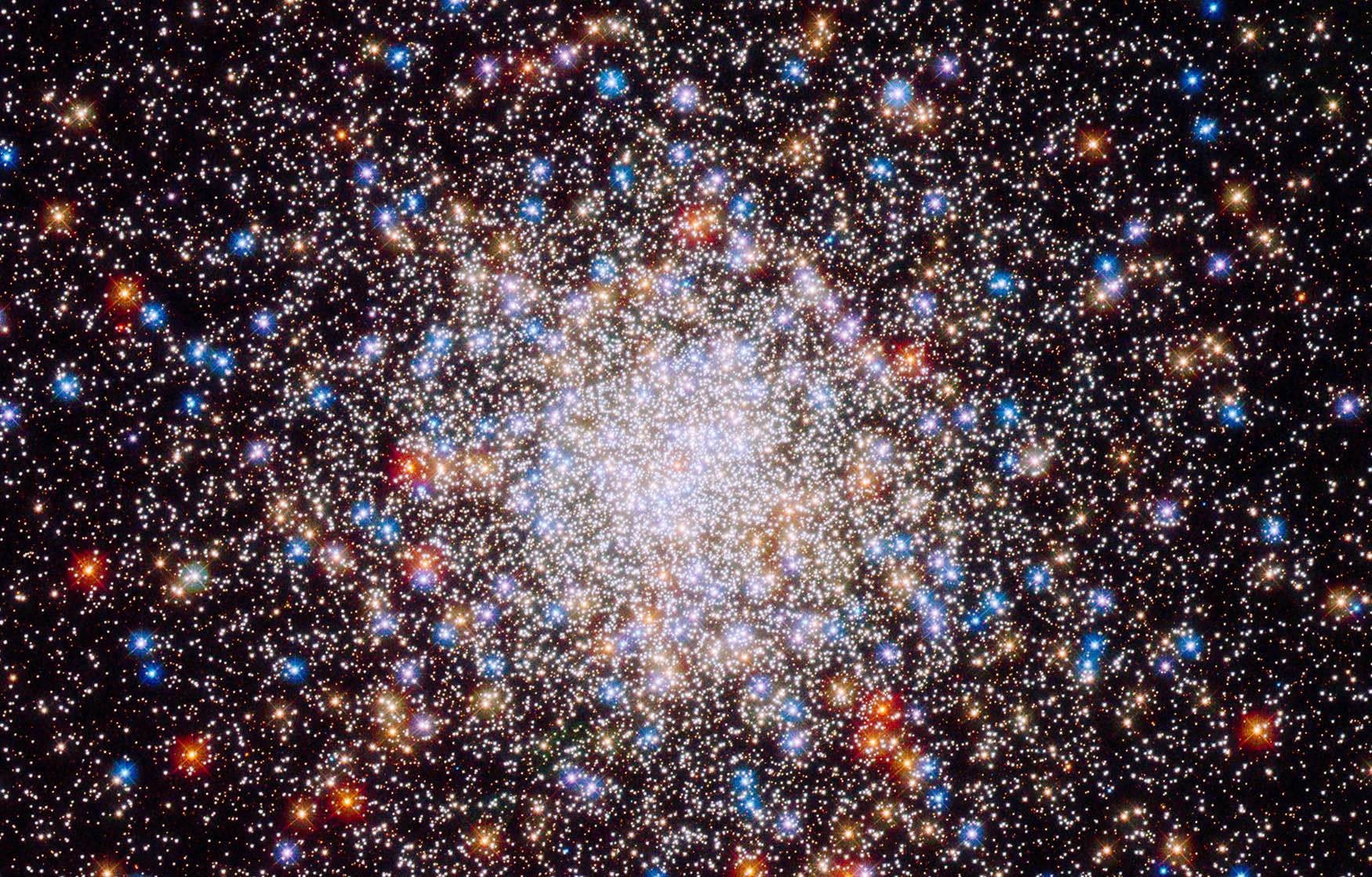
The Fornax Cluster is a, well, cluster of galaxies that sit some 65 million light-years from Earth and has been a huge source of galaxy discoveries in the past.
In this case, data from multiple surveys and observational campaigns was used to reveal the presence of 44 new galaxies, but they aren’t anything like the Milky Way.
Spiral galaxies like our own are just one type, and each galaxy variant can come in a variety of sizes.
As their name suggests, these galaxies are extremely compact and are only around 200 light-years across.
It’s estimated that UCDs contain approximately 100 million stars, though, again, that’s just a very rough estimate.
They ended up with 44 that are likely new galaxies that had yet to be documented, and they’re located near the fringe of the larger cluster.
The researchers say the new galaxies are over 1,170 light-years from the core of the cluster, which also may have made them more difficult to spot in previous research efforts.
At a distance of roughly 65 million light-years from Earth, just the fact that we can know these galaxies exist is impressive.NASA just landed a new rover on Mars, but the old one is still climbing a mountain and unearthing the story of how Mars lost its water.As it turns out, the same may be true on other planets, and a new study suggests that while the makeup of precipitation could vary dramatically on alien worlds, the raindrops would look very familiar to human travelers.
In modeling raindrops falling through the atmospheres of planets like Jupiter and Saturn, which are vastly different from rocky planets like Earth, they found that the type of planet doesn't matter all that much when it comes to rain.
The researchers simulated precipitation through different types of atmospheres and found that what determines the size of raindrops on Earth seems to be universally true across the board.
"Now with instruments like [the James Webb Space Telescope], which hopefully will soon be launched, we will have the capability to detect really fine spectra of exoplanetary atmospheres, including ones that are quite cooler than ones we're usually able to characterize, in which clouds and rain will occur," planetary scientist Tristan Guillot, who was not part of the research team, said of the work.
The image you see above is the surface of Mars.What you see here is an image captured by NASA's Mars Odyssey orbiter.
The spacecraft has been cruising around Mars for two decades and is now officially "the longest-working Mars spacecraft in history," according to the space agency.
It's a lovely little spacecraft but this image of Mars wasn't captured in color.
This produces a really striking image, but not necessarily an accurate representation of what you'd see if you were looking at this spot on Mars with your own eyes.
In this case, it's a mix of visible light (like we see with our eyes) and infrared image data with which NASA can "paint" the image in whatever way seems to fit the best.
It's obviously really cool to see images like this as they show us a side of Mars that we don't often get to see, but it's important to keep your imagination grounded, as false-color images don't always offer an accurate depiction of what really exists.
